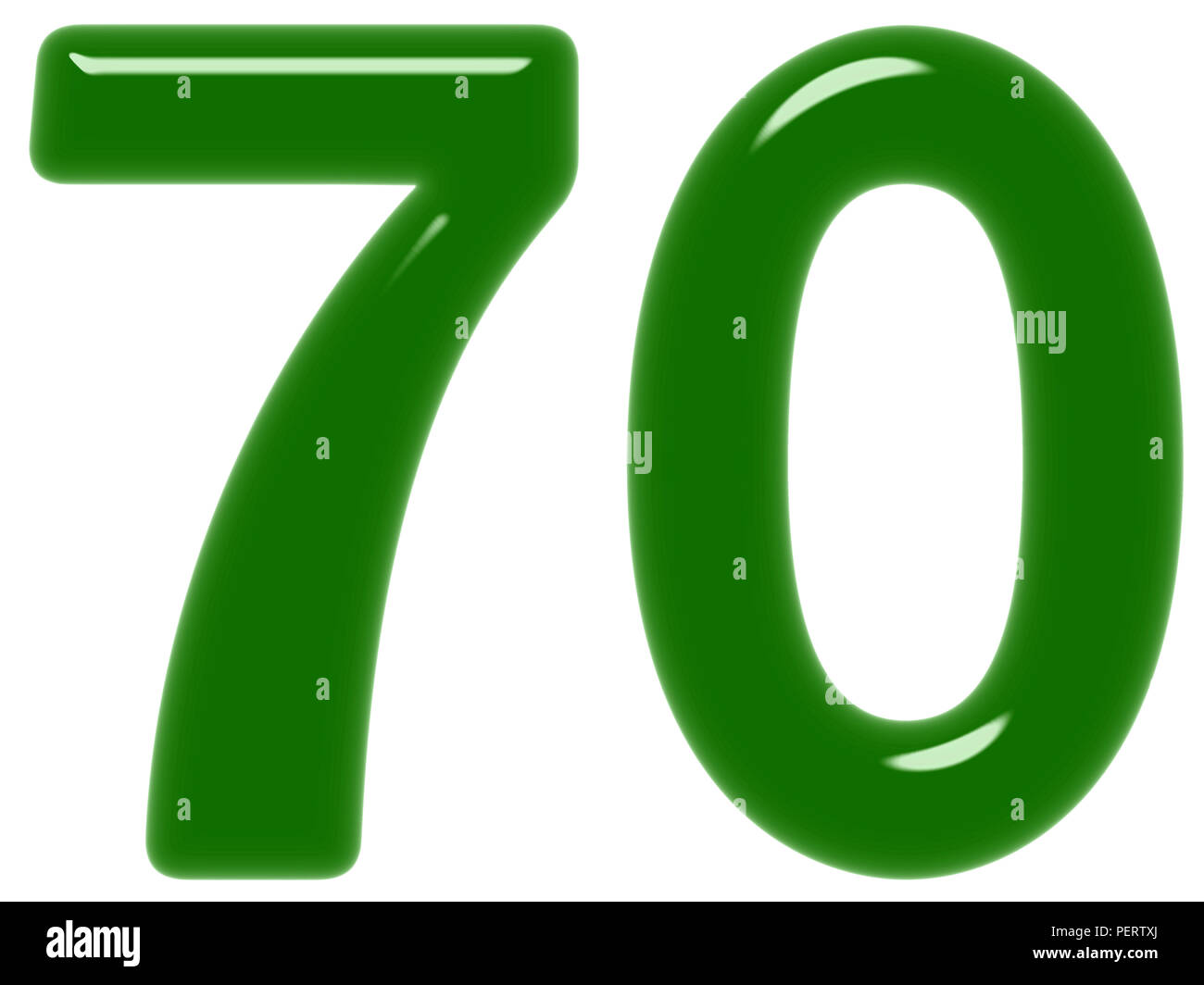70’s Pickup Trucks For Sale: A Comprehensive Guide to Owning a Slice of American Iron pickup.truckstrend.com
The 1970s was a decade of significant change, and nowhere was this more evident than in the automotive industry. While the muscle car era faded amidst fuel crises and emissions regulations, pickup trucks were quietly undergoing a transformation. No longer just bare-bones workhorses, 70s pickups began to embrace comfort, style, and versatility, laying the groundwork for the modern trucks we know today. For sale today, these rugged, iconic machines offer a unique blend of nostalgia, utility, and a tangible connection to a simpler time in American manufacturing. Whether you’re a seasoned collector, a weekend restorer, or simply seeking a unique daily driver that stands out from the crowd, a 70s pickup truck presents an alluring proposition. Their robust construction, straightforward mechanics, and timeless appeal make them increasingly sought after in the classic vehicle market, offering both a rewarding ownership experience and, for many, a sound investment.
The Golden Era of American Pickups: Why the 70s?
70’s Pickup Trucks For Sale: A Comprehensive Guide to Owning a Slice of American Iron
The 1970s marked a pivotal period for pickup trucks, solidifying their transition from purely utilitarian vehicles to multi-purpose machines capable of both work and leisure. Manufacturers began to offer more creature comforts, including air conditioning, power steering, automatic transmissions, and more plush interior options, blurring the lines between trucks and passenger cars. This shift was partly driven by the burgeoning popularity of recreational activities like camping and boating, which required vehicles capable of towing and hauling.
While the early 70s still saw the continuation of the brawny engines of the late 60s, the latter half of the decade introduced increasing emissions controls and a greater emphasis on fuel efficiency, albeit still far from modern standards. This era also produced some of the most enduring and recognizable truck designs, often characterized by their "square body" aesthetics, rugged lines, and chrome accents. These trucks were built to last, with heavy-gauge steel and simple, robust mechanical components, making them remarkably durable even half a century later. Their relative simplicity also means they are often easier and more affordable to maintain and repair for the DIY enthusiast compared to their modern, computer-laden counterparts.
Iconic Models and What to Look For
When exploring 70s pickup trucks for sale, certain models consistently rise to the top due to their popularity, parts availability, and iconic status. Understanding the nuances of each can help you make an informed decision.
Chevrolet C/K Series (C10, C20, K10, K20) & GMC C/K Series
Often referred to as "square bodies" (for the 1973-1987 generation, though 1970-1972 models are also popular and have a distinct look), these trucks are arguably the most sought-after of the era. The C-series denotes 2WD, while K-series signifies 4WD. The numbers indicate payload capacity (10/1500 for half-ton, 20/2500 for three-quarter-ton, etc.).
- Engines: Common options include the reliable 250 inline-six, the ubiquitous 305 and 350 small-block V8s, and the powerful 454 big-block V8.
- Why they’re popular: Abundant parts, strong aftermarket support, classic styling, and a comfortable ride (especially for their time).
- What to look for: Rust in cab corners, rocker panels, floorboards, fender wells, and bed seams. Check for frame integrity, especially on 4×4 models used off-road.

Ford F-Series (F-100, F-150, F-250, F-350)
Ford’s F-Series has been America’s best-selling truck for decades, and the 70s models are a testament to their enduring quality. The 1970-1972 models are known as "Bumpsides," while the 1973-1979 generation are "Dentsides" due to the distinctive body line. The F-150 was introduced in 1975, bridging the gap between the F-100 and F-250.

- Engines: Common engines include the 302, 351M, 360, 390, and the powerful 460 V8s.
- Why they’re popular: Robust construction, strong towing capabilities, and a distinct, rugged aesthetic.
- What to look for: Similar to Chevy, rust is a primary concern in the cab, bed, and frame. Check for worn steering components and tired suspension, especially on older work trucks.

Dodge D/W Series (D100, D150, W100, W150)
Dodge trucks of the 70s, particularly the "Sweptline" models (ending 1971) and the "D-series" (from 1972 onwards), offered a more distinctive, often bolder, design. The W-series denotes 4WD. The "Lil’ Red Express" (late 70s) is a rare and highly collectible performance variant.
- Engines: Known for their virtually indestructible Slant Six, as well as 318, 360, and 440 V8s.
- Why they’re popular: Unique styling, robust powertrains, and a growing collector following.
- What to look for: Rust around the wheel wells, lower doors, and cab mounts. Check for transmission issues, especially with the 727 Torqueflite automatic.
Regardless of the make, when inspecting a 70s pickup, always prioritize structural integrity over cosmetic flaws. A solid frame and minimal rust are far more important than a perfect paint job, as bodywork can be expensive. Pay attention to the engine’s health (no excessive smoke, strange noises), transmission shifts smoothly, and steering/brakes feel responsive.
Understanding the Market: Pricing and Condition Tiers
The price of a 70s pickup truck can vary wildly based on several factors, most notably its condition, originality, rarity, and specific configuration (2WD vs. 4WD, engine size, trim level). It’s helpful to categorize trucks into general condition tiers:
- Project Vehicle ($3,000 – $8,000): These trucks typically run, but require significant mechanical and/or bodywork. They often have considerable rust, worn interiors, and need a full overhaul. Best for those with mechanical skills, a dedicated workspace, and a substantial budget for parts and time.
- Driver Quality ($8,000 – $20,000): These are trucks that are roadworthy, reliable, and can be driven regularly. They may have minor cosmetic flaws, some surface rust, or need minor mechanical attention, but are generally solid. This is often the sweet spot for enthusiasts looking for a fun vehicle without breaking the bank on a full restoration.
- Restored/Show Quality ($20,000 – $60,000+): These trucks have undergone a comprehensive restoration, often to a higher standard than original factory condition. They are typically pristine, with flawless paint, fully refreshed interiors, rebuilt powertrains, and immaculate undersides. Prices can soar for rare models, specific configurations (like big-block 4x4s), or trucks with documented history.
- Parts Truck (<$3,000): These vehicles are typically beyond economical repair and are bought solely for their salvageable components.
Factors that increase value include 4×4 drivetrains, big-block V8 engines, manual transmissions (for some collectors), desirable factory options (like air conditioning), and original documentation or low mileage.
Where to Find Your Dream 70s Pickup
The search for a 70s pickup can be an adventure in itself. Here are the most common avenues:
- Online Marketplaces: Websites like eBay Motors, Craigslist, Facebook Marketplace, and dedicated classic truck forums are excellent starting points. They offer a wide selection across various price points and locations. Be wary of scams and always verify seller legitimacy.
- Classic Car Dealerships & Brokers: These specialized businesses often have a curated inventory of restored or well-maintained trucks. While prices might be higher, you often get peace of mind regarding the vehicle’s condition and history.
- Auctions: Major automotive auctions (e.g., Mecum, Barrett-Jackson) feature high-end, professionally restored trucks, but smaller local auctions can also yield hidden gems.
- Specialized Forums & Clubs: Joining online communities or local classic truck clubs can connect you with owners looking to sell, often before the trucks hit public marketplaces. This can also be a valuable resource for advice and parts.
- Word of Mouth & Local Classifieds: Sometimes the best deals are found through traditional means – asking around at local car shows, checking bulletin boards, or browsing local papers.
Essential Buying Considerations and Practical Advice
Before you commit to a purchase, rigorous due diligence is paramount.
- Thorough Inspection: If possible, inspect the truck in person. Bring a knowledgeable friend, a mechanic familiar with vintage vehicles, or hire a pre-purchase inspection service. Focus on rust, frame damage, fluid leaks, electrical system function, and overall mechanical health.
- Test Drive: Always test drive the truck. Pay attention to how it starts, idles, accelerates, shifts (both manual and automatic), and brakes. Listen for unusual noises from the engine, transmission, and differential. Check for proper steering response and suspension feel.
- Documentation: Request all available documentation, including the clear title, service records, restoration receipts, and any ownership history. This helps verify authenticity and provides insight into the truck’s past.
- Budget Beyond Purchase Price: The sticker price is just the beginning. Factor in immediate repairs, routine maintenance, insurance (consider classic car insurance for better coverage and often lower premiums), registration, and potential restoration costs. Remember, 70s trucks are not fuel-efficient by modern standards.
- Parts Availability: For the popular models (Chevy C/K, Ford F-Series), parts availability is generally excellent, with a thriving aftermarket for both reproduction and original used parts. Rarer models or specific trim pieces might be harder to source.
- Your Skill Level & Goals: Be honest about your mechanical aptitude. If you’re not comfortable with wrenches, a "project" truck might quickly become overwhelming. Decide if you want a show queen, a reliable driver, or a custom build.
Restoration vs. Preservation: What’s Right for You?
When acquiring a vintage truck, you’ll generally choose one of three paths:
- Full Restoration: This involves disassembling the entire truck, repairing or replacing every component, and repainting to a high standard. It’s the most expensive and time-consuming option but results in a "like-new" or "better-than-new" vehicle.
- Preservation (Patina): This approach focuses on maintaining the truck’s original, worn appearance (its "patina") while ensuring mechanical soundness. It’s often more affordable and celebrates the truck’s history and character. Many enthusiasts prefer a "driver" with original paint and interior over a perfect restoration.
- Resto-mod: Blending classic aesthetics with modern performance, a resto-mod involves installing contemporary engines, transmissions, suspension, brakes, and comfort features (A/C, power windows) into the vintage body. This offers the best of both worlds but can be highly customized and costly.
Price Table: Typical Ranges for Popular 70s Pickup Trucks (USD)
| Model (Year Range) | Drivetrain | Condition: Project ($) | Condition: Driver ($) | Condition: Restored/Show ($) |
|---|---|---|---|---|
| Chevy C10/K10 | 2WD | $3,000 – $9,000 | $10,000 – $25,000 | $25,000 – $70,000+ |
| (1970-1979) | 4WD | $5,000 – $12,000 | $15,000 – $35,000 | $35,000 – $90,000+ |
| Ford F-100/F-150 | 2WD | $3,000 – $8,000 | $9,000 – $22,000 | $22,000 – $65,000+ |
| (1970-1979) | 4WD | $4,000 – $10,000 | $12,000 – $30,000 | $30,000 – $80,000+ |
| Dodge D100/D150 | 2WD | $2,500 – $7,000 | $8,000 – $18,000 | $18,000 – $55,000+ |
| (1970-1979) | 4WD | $3,500 – $9,000 | $10,000 – $25,000 | $25,000 – $70,000+ |
| GMC C1500/K1500 | 2WD | $3,000 – $9,000 | $10,000 – $25,000 | $25,000 – $70,000+ |
| (1970-1979) | 4WD | $5,000 – $12,000 | $15,000 – $35,000 | $35,000 – $90,000+ |
Note: Prices are estimates and can vary significantly based on specific year, engine, transmission, trim level, originality, regional market, and overall documentation. Rare models or specific configurations (e.g., Dodge Lil’ Red Express) can command significantly higher prices.
Frequently Asked Questions (FAQ)
Q1: Are 70s pickup trucks reliable for daily driving?
A1: With proper maintenance and attention to common wear items, many 70s trucks can be reliable daily drivers. Their simple mechanical nature means fewer complex systems to fail. However, they lack modern safety features, fuel economy, and creature comforts.
Q2: Are parts hard to find for these trucks?
A2: For popular models like the Chevy C/K and Ford F-Series, parts availability is generally excellent. Many reproduction parts are available, and original used parts can be sourced from salvage yards or online. Rarer models or specific trim pieces might require more searching.
Q3: What kind of fuel economy can I expect?
A3: Don’t expect much. Most 70s V8 trucks will get between 8-15 miles per gallon, depending on engine size, transmission, and driving style. Inline-six engines might offer slightly better economy.
Q4: What’s the biggest challenge when owning a 70s pickup?
A4: Rust is often the primary challenge, particularly in areas with harsh winters or coastal climates. Electrical issues (due to aging wiring) and worn suspension/steering components are also common but generally manageable.
Q5: What’s "patina" and why is it desirable?
A5: Patina refers to the natural wear, fading, and surface rust that develops on a vehicle’s original paint over decades. Many enthusiasts find it desirable as it tells the truck’s story and gives it a unique character, often preferring it over a fresh, non-original paint job.
Q6: Should I buy a 2WD or 4WD?
A6: This depends on your intended use. 2WD trucks are generally less expensive to buy, maintain, and offer a smoother ride. 4WD trucks command a premium due to their off-road capability and popularity, but they have more complex components that can require maintenance.
Q7: What’s the difference between a Chevy C10 and a GMC C1500?
A7: Mechanically, they are largely identical as they were produced by the same parent company (General Motors). Differences are primarily cosmetic, such as grilles, badging, and some interior trim. Historically, GMC was often marketed towards more commercial or upscale buyers.
Conclusion
The allure of 70s pickup trucks for sale is undeniable. They represent a sweet spot in automotive history – a time when trucks were rugged and honest, yet began to embrace the comforts that would define their future. Owning one of these classic machines is more than just having a vehicle; it’s an experience, a statement, and a connection to an era of American craftsmanship. Whether you’re seeking a project to pour your passion into, a reliable driver with character, or a show-stopping piece of automotive art, a 70s pickup offers a rewarding journey. By understanding the market, knowing what to look for, and aligning your purchase with your personal goals and budget, you can find the perfect piece of iron to haul you back in time and into new adventures.



